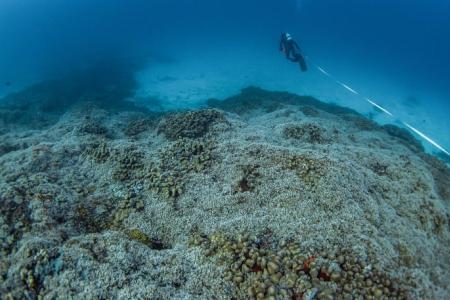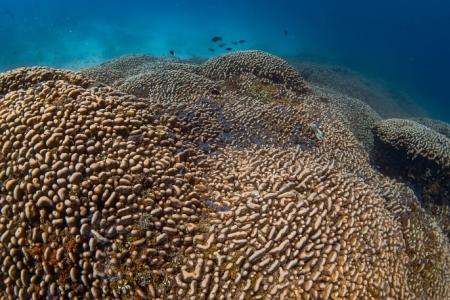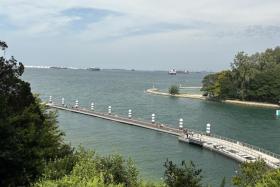Scientists find world’s largest coral grown over three centuries
Scientists say they have discovered the world’s largest coral in the remote Solomon Islands and that it is thriving, despite corals in tropical regions increasingly under threat from global warming.
Measuring 34m wide, 32m long and 5.5m high, the gigantic organism is a complex network of polyps – tiny individual creatures – that have grown over three centuries, said the scientists.
The coral was discovered during an ongoing research expedition to the Solomon Islands, in the south-west Pacific Ocean, that began in October 2024.
The coral is longer than a blue whale and nearly as long as a Boeing 737 aircraft.
It comprises a single species, Pavona clavus, and its huge size provides shelter and breeding grounds for fish, crabs, shrimp and other creatures. It is different from a reef, which is a network of many coral colonies and species.
Members of the National Geographic Pristine Seas team made the discovery in the Three Sisters island group, just to the north of San Cristobal, one of the main islands in the Solomons, which has one of the greatest variety of coral species on the planet.
“At the time of widespread coral death because of human threats, it is extraordinary – and a big surprise – to find this old giant. Some corals are more resilient than others, and we’re still trying to figure out why,” Dr Enric Sala, founder of Pristine Seas, told The Straits Times.
Dr Molly Timmers from Pristine Seas, the lead scientist on the expedition, told ST the coral is in waters between 13m and 30m deep. There are no signs of bleaching -- when corals turn white when stressed by high ocean temperatures.
Globally, corals are in decline as seas become warmer because of rising greenhouse gas emissions, stronger storms and increasing acidity.
Oceans absorb large amounts of planet-warming carbon emissions and have also soaked up about 90 per cent of the excess heat in the atmosphere due to the release of greenhouse gases.
Almost half of all warm-water coral species are threatened with extinction, an updated risk assessment from the International Union for Conservation of Nature published on Nov 13 said.
“Just when we think there is nothing left to discover on planet earth, we find a massive coral made of nearly 1 billion little polyps, pulsing with life and colour,” said Dr Sala, who is also the National Geographic Explorer in Residence.
“This is a significant scientific discovery, like finding the world’s tallest tree. But there is cause for alarm. Despite its remote location, this coral is not safe from global warming and other human threats.”
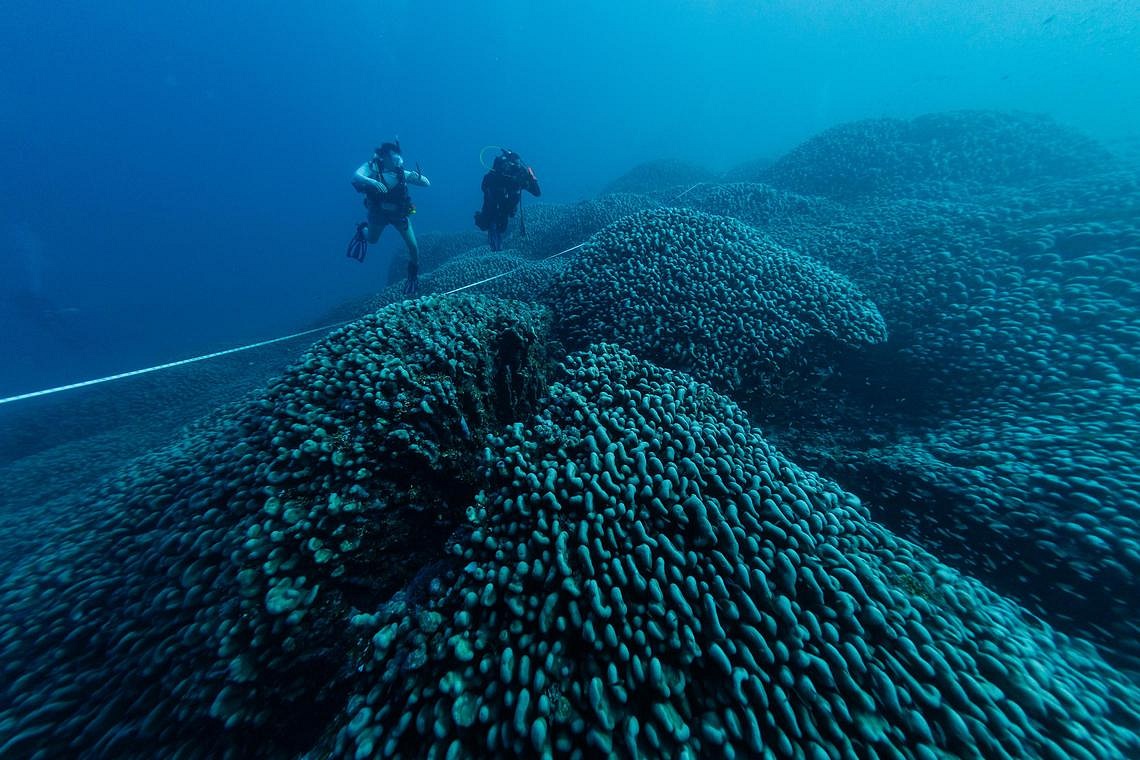
From the air the coral looks like a large rock just beneath the surface of the ocean. When team members initially spotted the structure, they thought it might be remnants of a shipwreck.
And it is significantly larger than a coral known as “Big Momma” in American Samoa, one of the largest recorded corals to date, which is 6m high, and has a circumference of 41m.
Dr Timmers said the nearby island, Malaualo, and surrounding waters where the coral was found are customary areas that belong to a local community, who have tried to protect this area for 15 years.
“However, it is not officially recognised and thus fishing still occurs from islanders coming from the mainland,” she said.
With the help of the Solomon Islands government, efforts are underway to create a protected marine park for the area, she added.
The discovery highlights the need for greater protection for the oceans and coral reefs.
Only about 8 per cent of the world’s oceans are protected to some degree, and nations in 2022 agreed on a goal to protect 30 per cent of the planet’s land and oceans by 2030. Achieving this means greatly scaling up the number of marine protected areas.
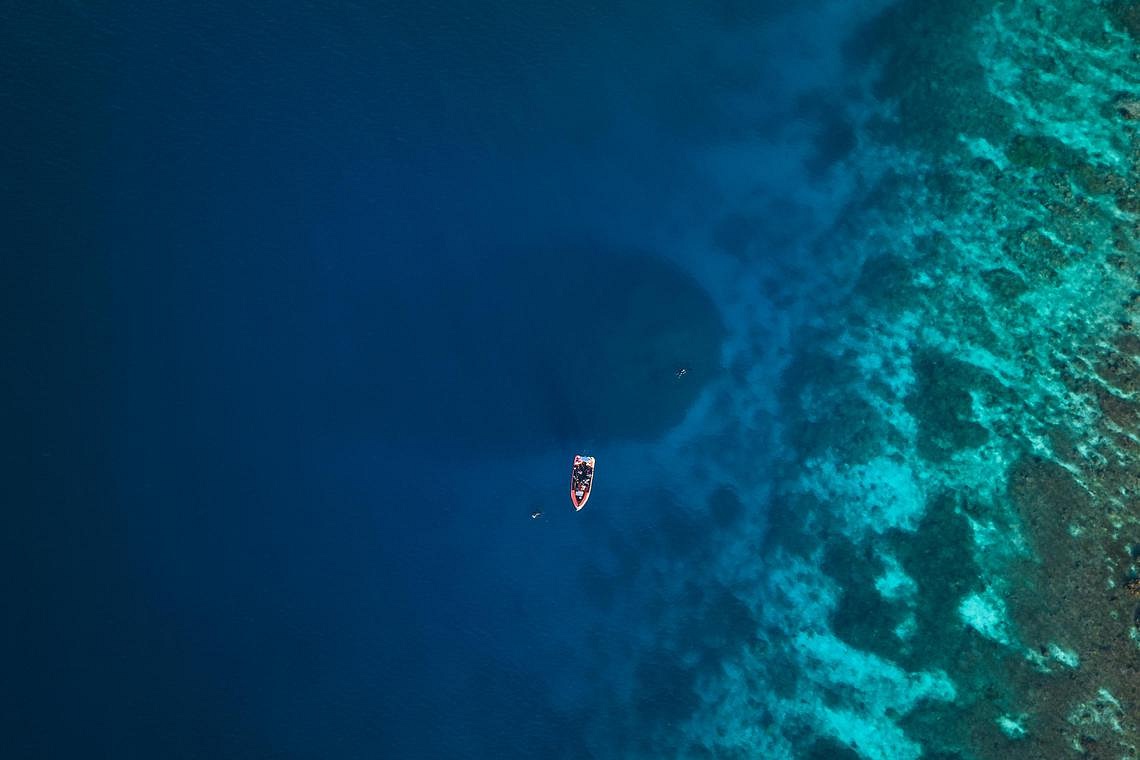
“We need to ensure that we’ll have coral reefs in the future, because so many people depend on them. It would be a tragedy to lose the tropical forests of the seas,” said Dr Sala.
The same species that built the giant in the Solomons is also found in South-east Asian waters, said Dr Lionel Ng, research fellow at the Tropical Marine Science Institute at the National University of Singapore.
Dr Ng, who is part of the coral team working at St John’s Island National Marine Laboratory, said the species – Pavona clavus – was last reported in Singapore’s waters by researchers in 1995.
“We have not seen this species since and do not have enough information to determine how threatened it may be (in Singapore),” he told ST.
Pristine Seas works with local communities, government, and other partners to protect the ocean using research, community engagement, policy work and the media.
Get The New Paper on your phone with the free TNP app. Download from the Apple App Store or Google Play Store now

